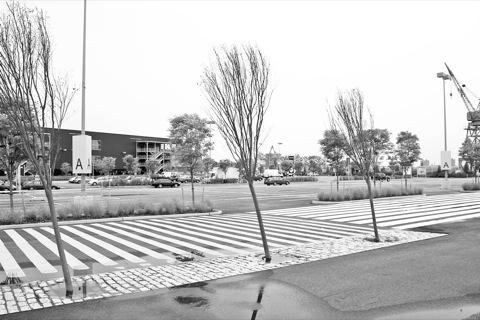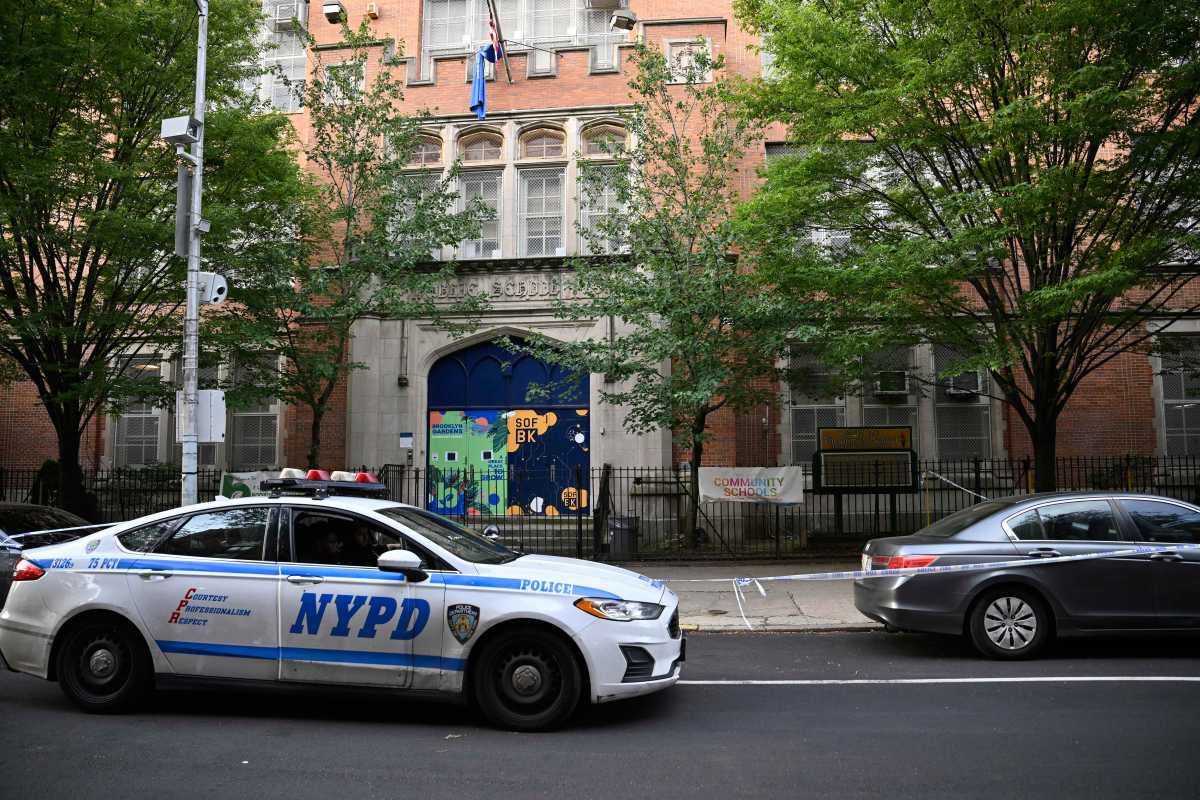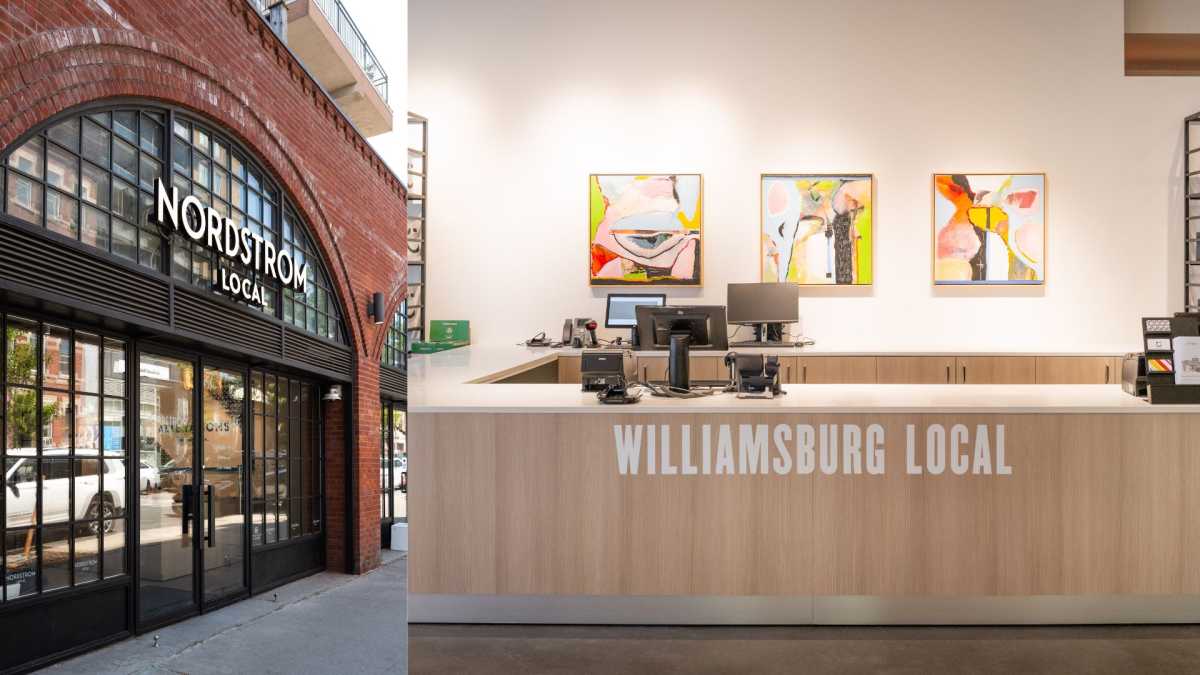When IKEA celebrates its one−year anniversary in Red Hook this week, several trees along the store’s 3.5−mile public esplanade won’t be part of the party.
Planted last spring, the trees have already gone belly−up — and a local civic group is blaming an inadequate site clean−up for their untimely demise.
“In light of the obvious problem with the dead trees, we need a thorough outside environmental evaluation,” demanded Red Hook Civic Association co−chair John McGettrick, a longtime critic of the store’s arrival. “This is an issue of trust and credibility.”
The 346,000−square−foot store is built on a site that was a shipyard since the 1860s, and later served as home to the United States Navy, New York Shipyard and Stevens Technical Services.
The byproduct of the once−booming shipping industry was a host of pollutants, ranging from mercury and arsenic to PCBs and petroleum wastes.
The cost of cleaning up the site, under the state’s Brownfield Clean−up Agreement, was offset by tax credits. IKEA was eligible for the credits only after the state Department of Environmental Conservation (DEC) certified the project’s completion, which it did last year.
Arturo Garcia−Costas, DEC’s regional spokesperson, said the remediation of the site was designed to remove, or provide a physical barrier to, any residually contaminated material to prevent any potential exposure to workers or the general public.
“Consequently, the trees at this site were planted in a minimum of four feet of imported clean soils,” Garcia−Costas said. “Analytical results from imported soils were submitted to DEC for approval prior to delivery of the material to the site.”
“Urban trees can be subject to many different conditions that affect their health and viability, including weed−killing herbicides, salt from winter snow management, and poor drainage conditions. In some cases, health problems for trees can begin in the nursery where the trees are produced,” he added.
IKEA spokesperson Joseph Roth said the site work was conducted with the “utmost care, according to proper protocol,” and was carefully monitored by DEC.
“Occasionally, trees may die for a variety of reasons,” he said, adding that the dead trees are being replaced.
“That’s part of the maintenance of the property — to monitor the progress of the landscaping. When certain plantings go bad, you replace them,” he said.






















